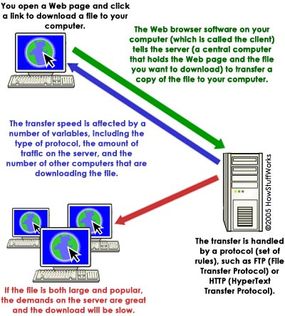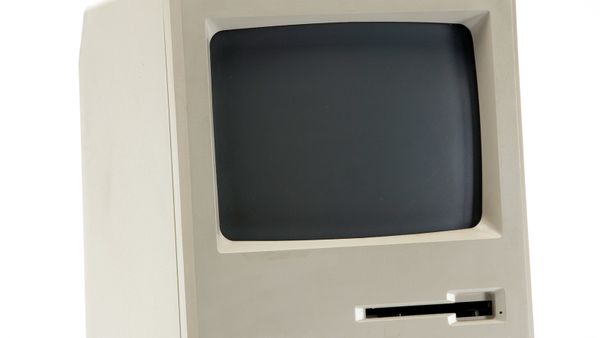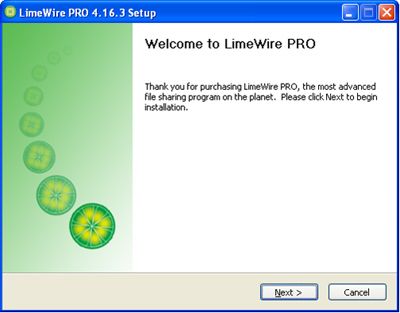
BitTorrent is a protocol that enables fast downloading of large files using minimum Internet bandwidth. It costs nothing to use and includes no spyware or pop-up advertising.
Unlike other download methods, BitTorrent maximizes transfer speed by gathering pieces of the file you want and downloading these pieces simultaneously from people who already have them. This process makes popular and very large files, such as videos and television programs, download much faster than is possible with other protocols.
Advertisement
In this article, we'll examine how BitTorrent works and how it is different from other file-distribution methods. In addition, you'll learn how to use BitTorrent and what the future might hold for this innovative approach to serving files over the Internet.
Traditional Client-Server Downloading
To understand how BitTorrent works and why it is different from other file-serving methods, let's examine what happens when you download a file from a Web site. It works something like this:
- You open a Web page and click a link to download a file to your computer.
- The Web browser software on your computer (the client) tells the server (a central computer that holds the Web page and the file you want to download) to transfer a copy of the file to your computer.
- The transfer is handled by a protocol (a set of rules), such as FTP (File Transfer Protocol) or HTTP (HyperText Transfer Protocol).

The transfer speed is affected by a number of variables, including the type of protocol, the amount of traffic on the server and the number of other computers that are downloading the file. If the file is both large and popular, the demands on the server are great, and the download will be slow.
For more information about Web servers and the traditional client-server download, see How Web Servers Work.
Next, we'll look at how peer-to-peer sharing differs from this process.

